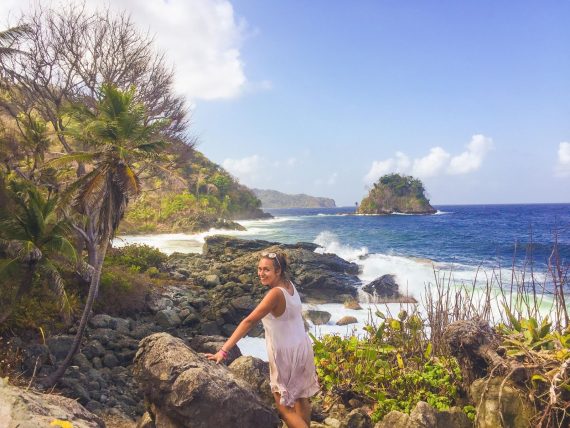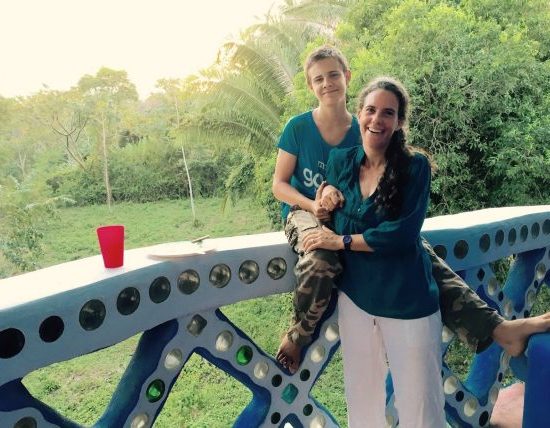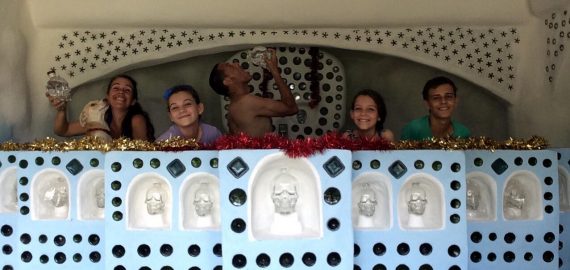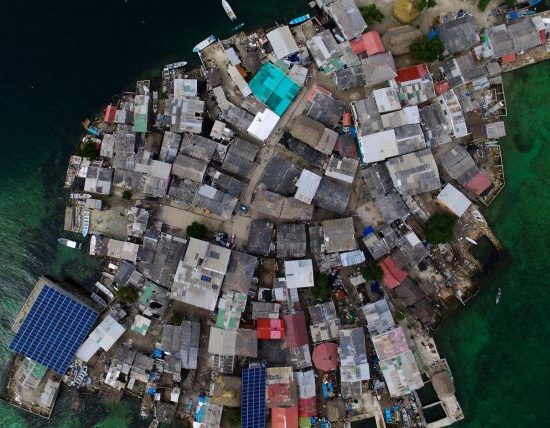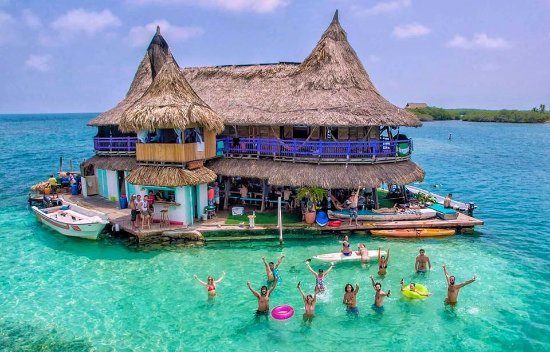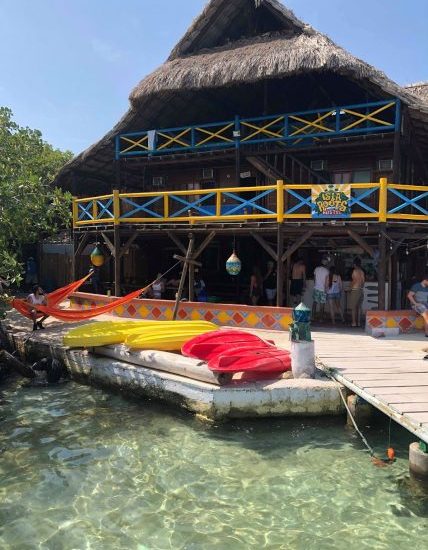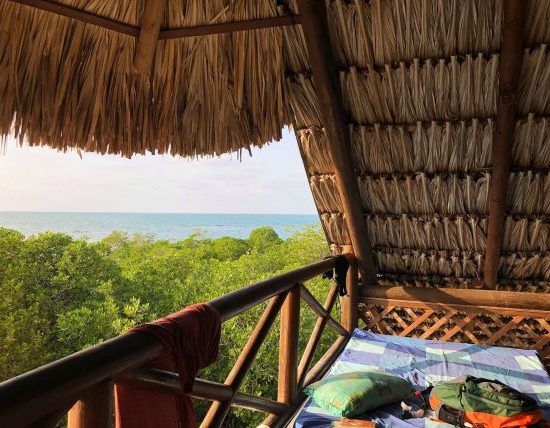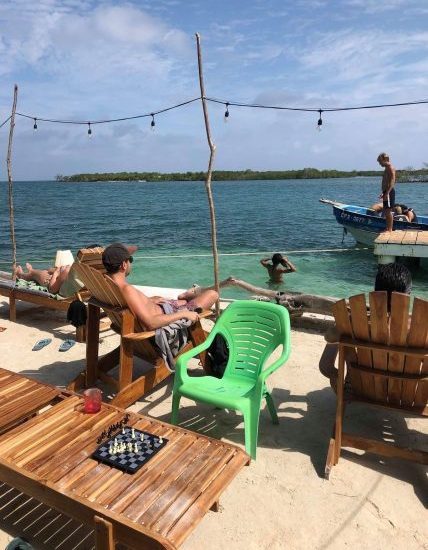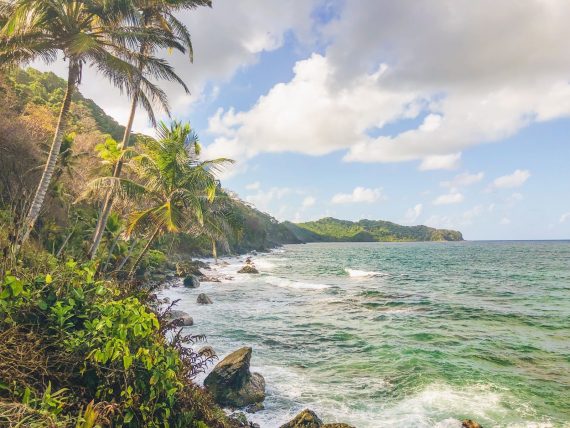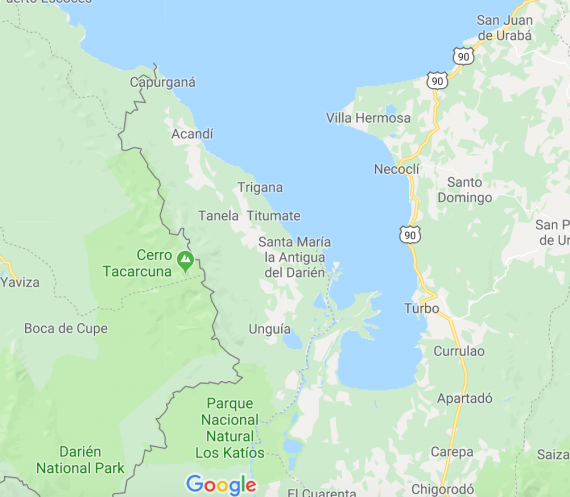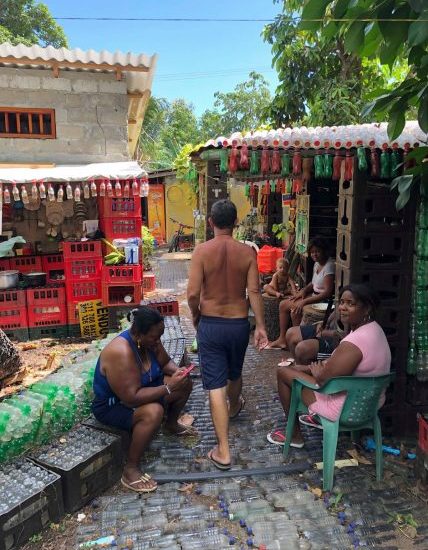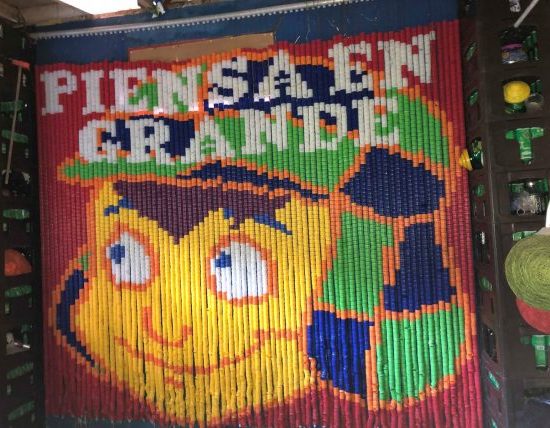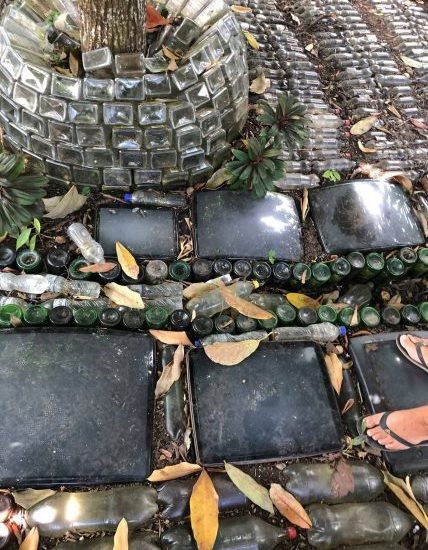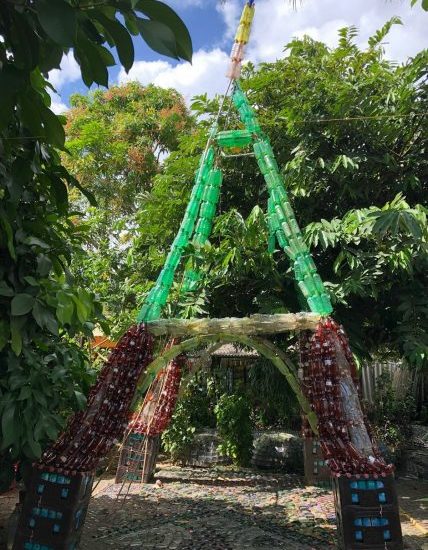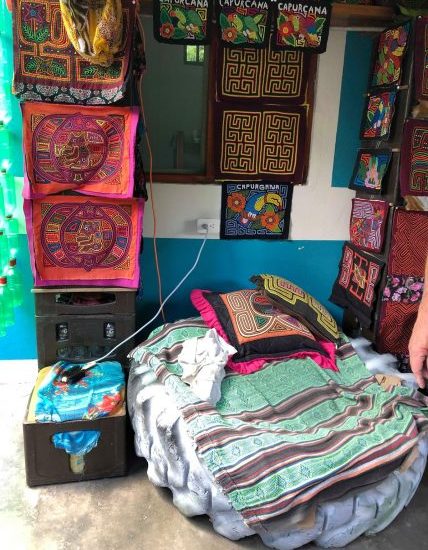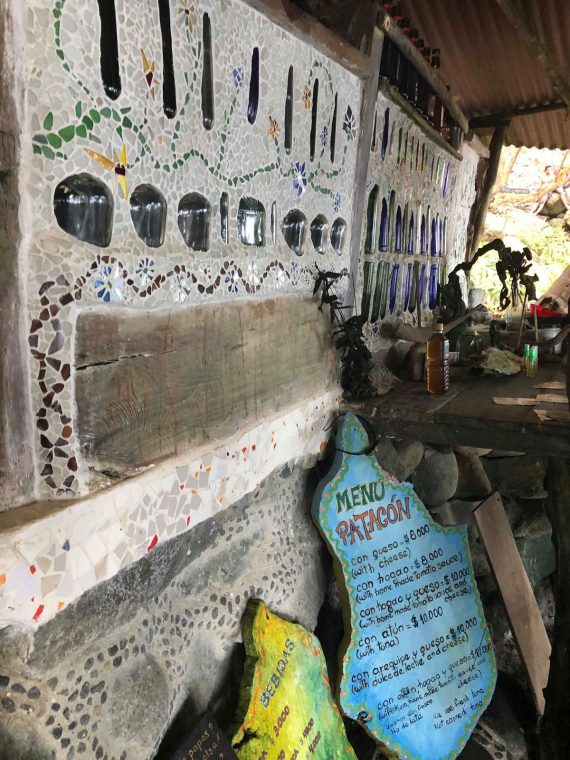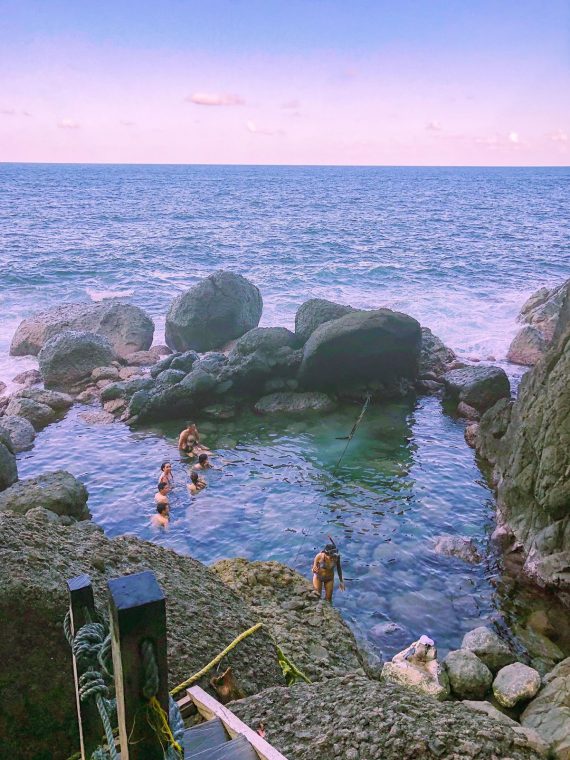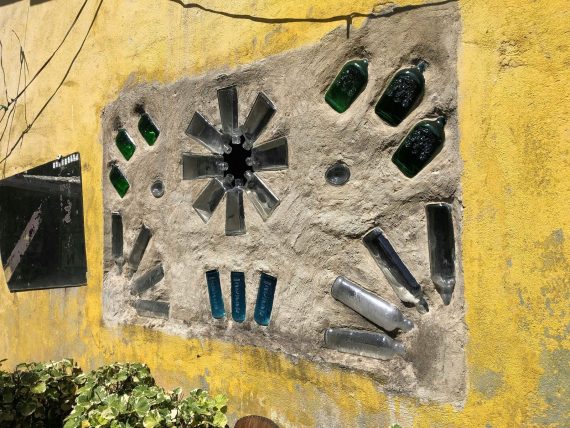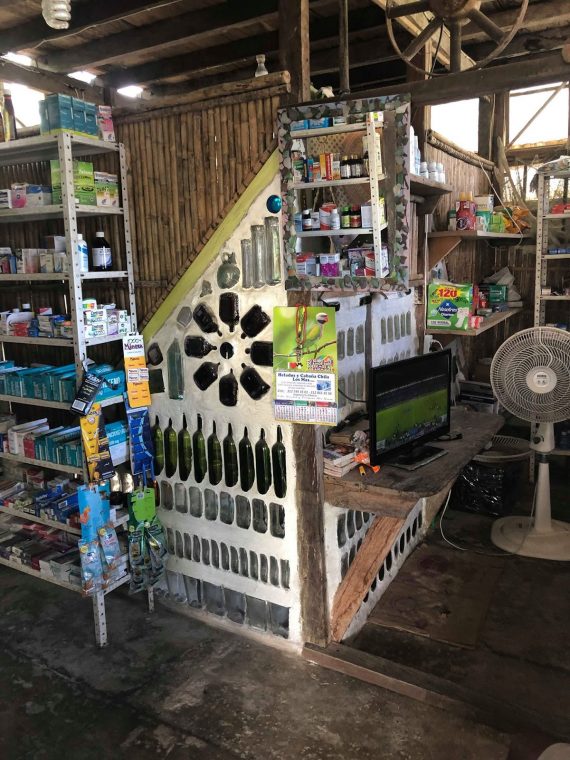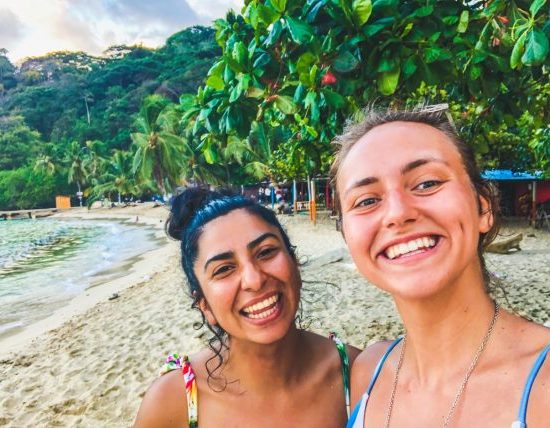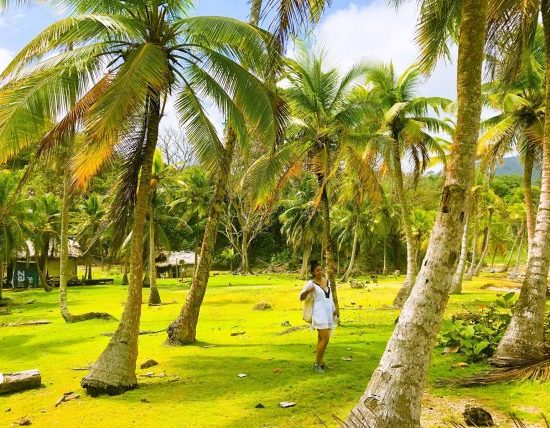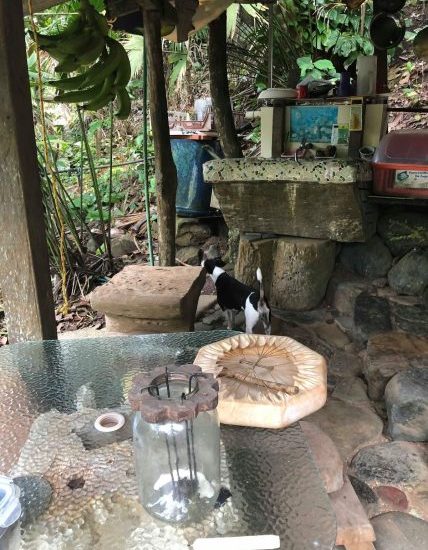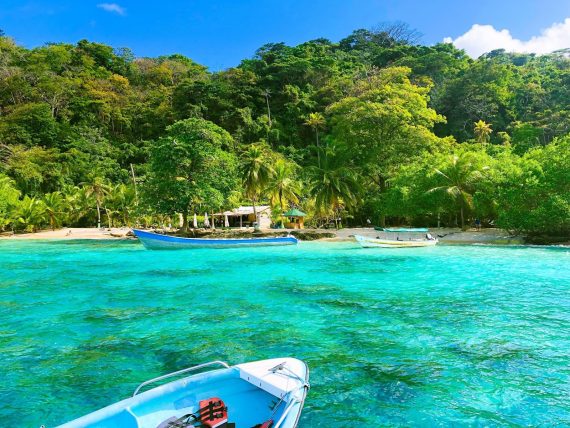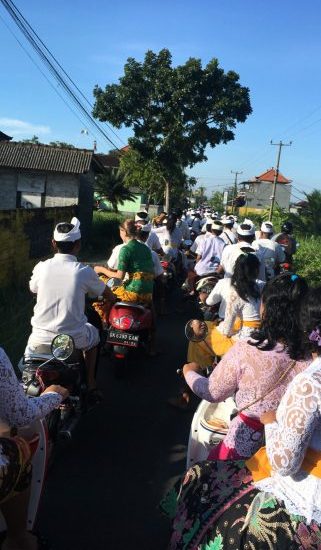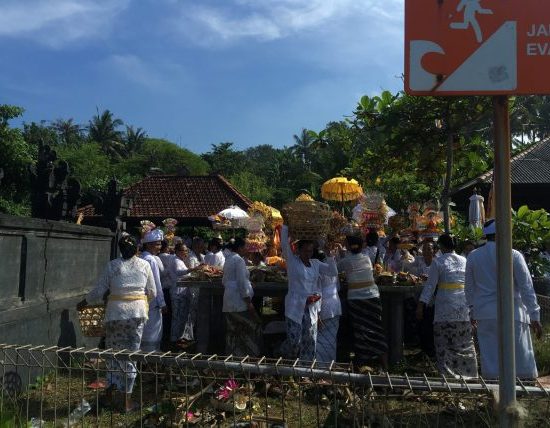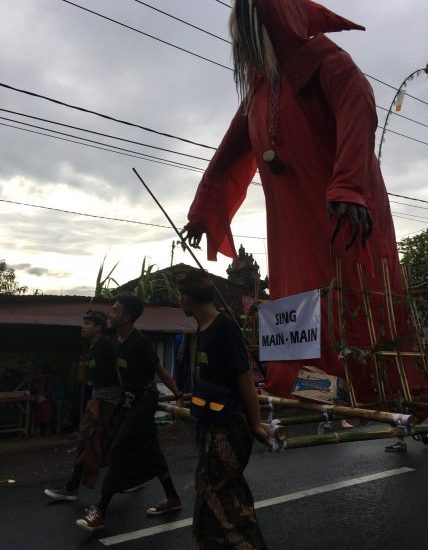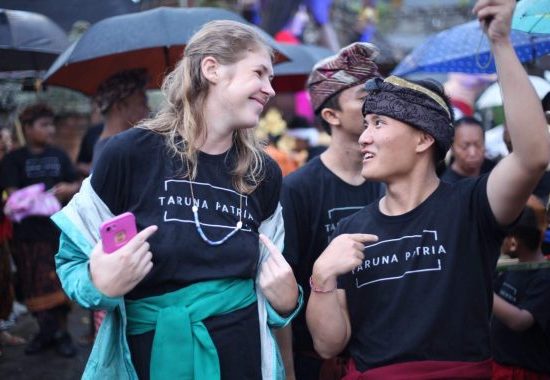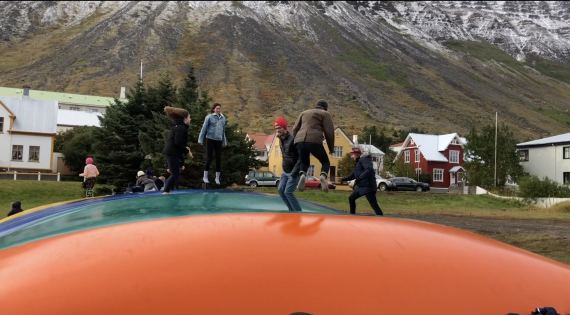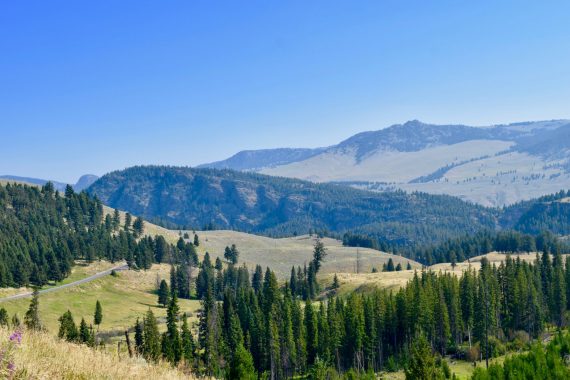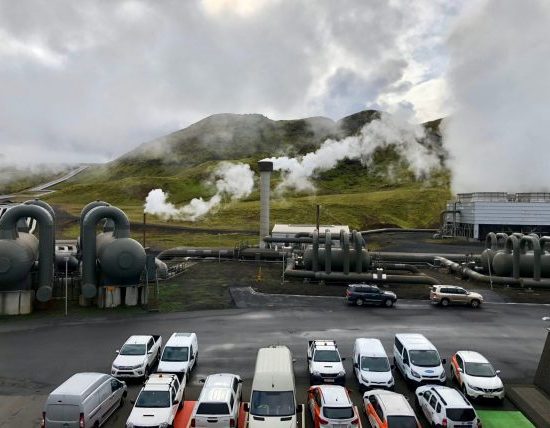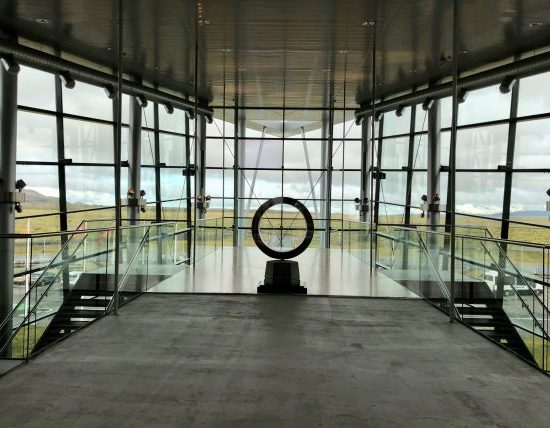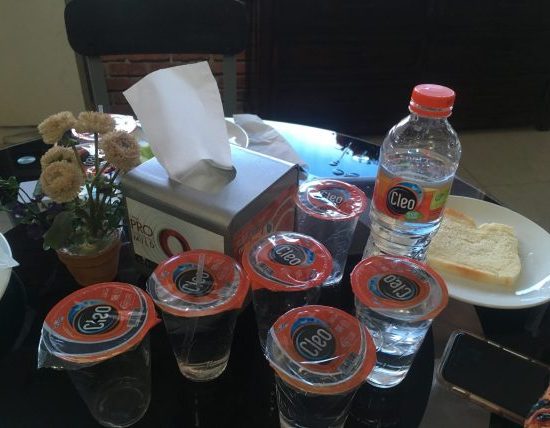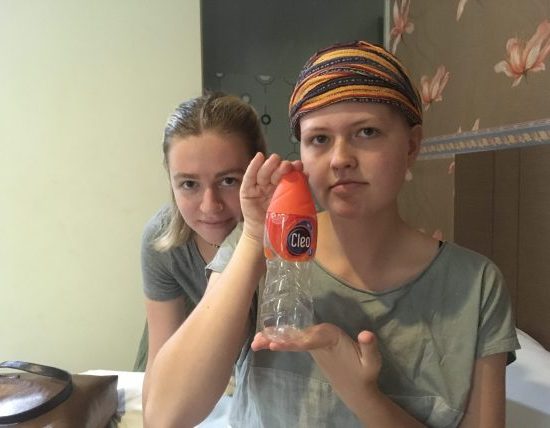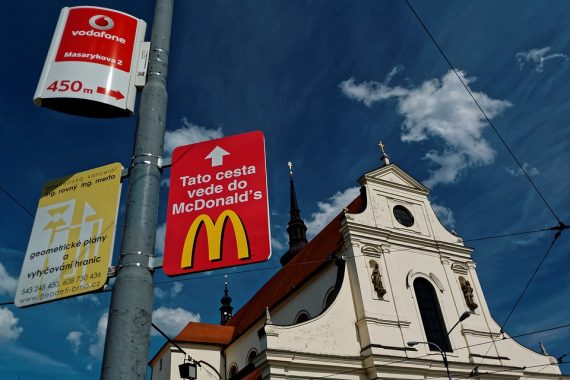
Week 7- Fast Food
It’s easy, it’s convenient, and it’s everywhere. No matter where in the world you are it is likely that you will be able to find fast food in some form. Over 100 countries have a McDonalds and you are likely to find at least a street vendor to buy a quick meal. Just like with culture, not all fast food is the same across the globe. This week tell us about any fast food you’ve seen while abroad. Is it pretty similar to what you can get in the US or are the staples that we are so used to changed and novel in your new location. Have you had any fast food experiences while abroad that you found especially memorable?
Renee Congdon
Fast food in Spain is surprisingly similar to fast food in the US, as far as I could tell. Fast food chains in Spain that are particularly popular include McDonald’s and Burger King. From what I saw, it seems as though Burger King is a hot spot for younger kids, while McDonald’s is more popular among high school and college-aged people. For instance, my host mom’s goddaughter had her 7th birthday at a Burger King (which I attended), and her and all of her friends seemed to have a blast. One funny note here is that a lot of Spanish people (my host mom, most notably) refer to Burger King as “El Burger”, hard emphasis on the r’s. With respect to McDonald’s, I went a few times with University friends of mine. Once, when I wasn’t sure if I should join them for lunch at McDonald’s or catch the metro home to work on an essay, they convinced me to go with them by saying it was only right that the token American in our friend group accompany them all to McDonald’s, seeing as how it’s such an iconic American fast food place. I found this pretty funny, especially considering I can’t remember when the last time I set foot in a McDonald’s on US soil was. Another interesting thing about McDonald’s in Spain is the ordering system- every McDonald’s I went to there had large electronic screens to order from, which meant almost no one actually ordered in person. Additionally, there are a few 24 hour McDonald’s in more busy night life areas, like La Puerta del Sol, where the entire inside space is made up of these electronic screens, no actual cashiers are available, and one small window opens and closes to give people their orders. I’ve never seen this sort of system in a US McDonald’s, which I found sort of intriguing. Additionally, fast food chains in Spain will often have some additional, more regional menu items, such as the McIbérica sandwich. Lastly, these American fast food chains sell beer and wine in Spain! This was perhaps the difference I found most interesting. It’s odd to see people drinking beer out of little plastic McDonald’s cups.
Lastly, I want to briefly comment on a more “Spanish” fast food joint. One in particular, called Cien Monteditos, was an all-time favorite of my friends and I. It’s a very cheap fast food restaurant that sells hundreds of different types of small bite-sized sandwiches that range from 1 to 2 euros each. They all sell appetizers, like little cheese or chicken poppers, as well as big jars of beer, hard cider, or tinto de verano for 1 euro and 50 cents each. I spent countless afternoons and evenings at Cien Mont with friends, and I have to say it’s my favorite fast food style restaurant in Spain. There’s practically one on every corner, it’s incredibly cheap, and the cheese poppers are surprisingly addicting. Attached below is a photo of me and some of my friends from the University at the Cien Montaditos nearest to CEU’s campus. I love you, Cien Mont- I can’t wait to return.
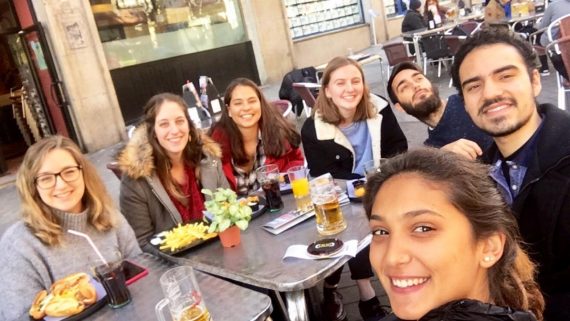
Trey Spadone
In Indonesia, there are several fast food chains like McDonald’s, Burger King, KFC, etc. In fact, I had my first piece of Pizza Hut pizza while in Yogyakarta. (Slices is way better though). However, night markets are where it’s at for “fast food.” Two of the best treats are pisang goreng (fried bananas) and terang bulan (square pancakes with chocolate or cheese or some other filling). I tried these treats within the first couple of days of being in country and they never fail to disappoint.
A not so fun experience with fast food happened earlier this week. During orientation, we were advised to avoid meat-based street food during our first few weeks. We needed to give our bodies time to adjust to a new environment and diet. Now that we are two months in, I figured it would be safe to try bakso (meatballs). I tried a singular meatball during the afternoon and went on my merry way. However, my stomach was not on the same page as my mind and began to reject the meatball at 2:00am and every hour after that. As the Indonesians say, it was tidak bagus (not good). Needless to say, I will not be eating anymore street meat anytime soon.
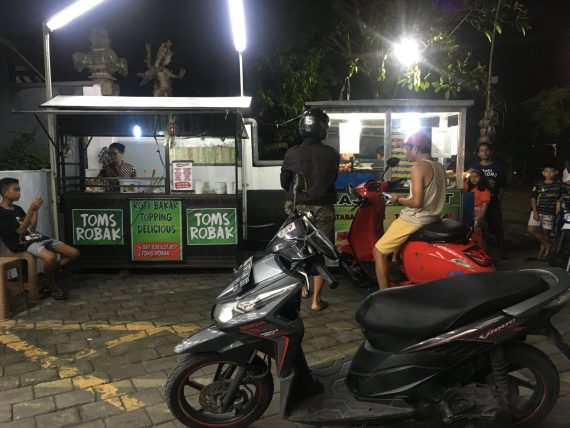
Emily Weaver
Iceland is one of very few countries that lacks a McDonalds. You won’t find those trademark Golden Arches here. There are actually very few fast food places that we would traditionally recognized in Iceland. There’s a Taco Bell, but its located outside of Reykjavik, the biggest city in Iceland. The main traditional fast food chains that you’ll find are Domino’s and Subway. There are several subways across Reykjavik and a handful of Domino’s as well. While I was there I didn’t frequent these fast food places very much, I think I only went to Domino’s twice and never to Subway. The times I did go to Domino’s I was with a group of my friends and we ended up waiting in the store until our pizzas cooked because living in hostels limited us wanting to have it delivered.
One thing that Iceland is known for is its hotdogs. For some reason, whether it’s the special sauce they put on it or the hot dogs themselves, Icelandic hotdogs are famous. I like to think of them as a fast food because you could get them from street food carts across any city. They were warm and fresh and it was fun to stop and grab one every once in a while. I am not overly fond of hotdogs and don’t typically eat them at home. In Iceland though, there was no one I could spend an entire semester there and not try something that can be found all over the place. While I don’t think I have been completely converted over to hotdogs, I can say that Icelandic hotdogs are far superior to American ones!



